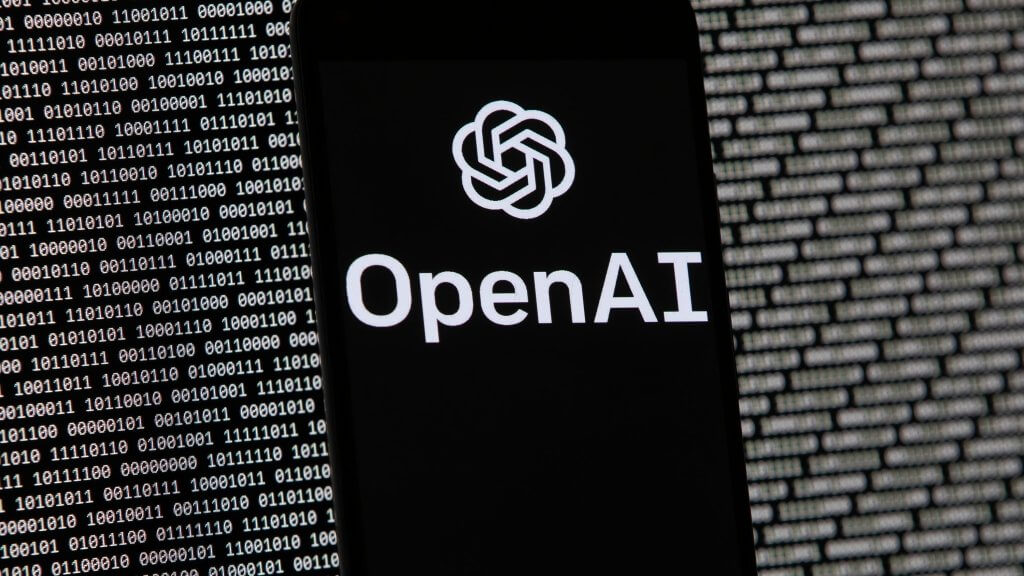
Semiconductor giant AMD has signed a major partnership with OpenAI to supply chips and build the infrastructure powering the next wave of artificial intelligence models, in a deal that also gives the ChatGPT developer the right to take a significant equity stake.
Under the agreement, announced on Monday, AMD will provide OpenAI with its latest generation of high-performance graphics processors, known as the Instinct MI450, due for release next year. The deal also includes a warrant giving OpenAI the option to purchase up to 160 million shares of AMD’s stock — roughly 10% of the company — if certain performance and share-price milestones are met.
The partnership, which will supply around six gigawatts of computing capacity for OpenAI’s future AI systems, is intended to expand the company’s access to computing power as demand for its products surges. The first tranche of chips, worth one gigawatt, is expected to come online in the second half of 2026.
AMD’s shares jumped as much as 25% in pre-market trading following the announcement, while shares in rival Nvidia dipped slightly after months of record-breaking gains.
OpenAI chief executive Sam Altman said the partnership marked “a major step in building the compute capacity needed to realise AI’s full potential”. He added: “AMD’s leadership in high-performance chips will enable us to accelerate progress and bring the benefits of advanced AI to everyone faster.”
For AMD, based in California, the deal is seen as a significant win in its bid to catch up with Nvidia, whose chips dominate the global AI computing market. Nvidia’s rise — fuelled by the explosion of generative AI — has made it the world’s most valuable company this year, with its technology powering most of OpenAI’s existing systems.
The agreement with AMD underscores OpenAI’s efforts to diversify its chip supply chain amid fierce competition for AI hardware. It follows a string of multi-billion-dollar partnerships across the tech sector as companies race to secure the computing power required to train ever-larger AI models.